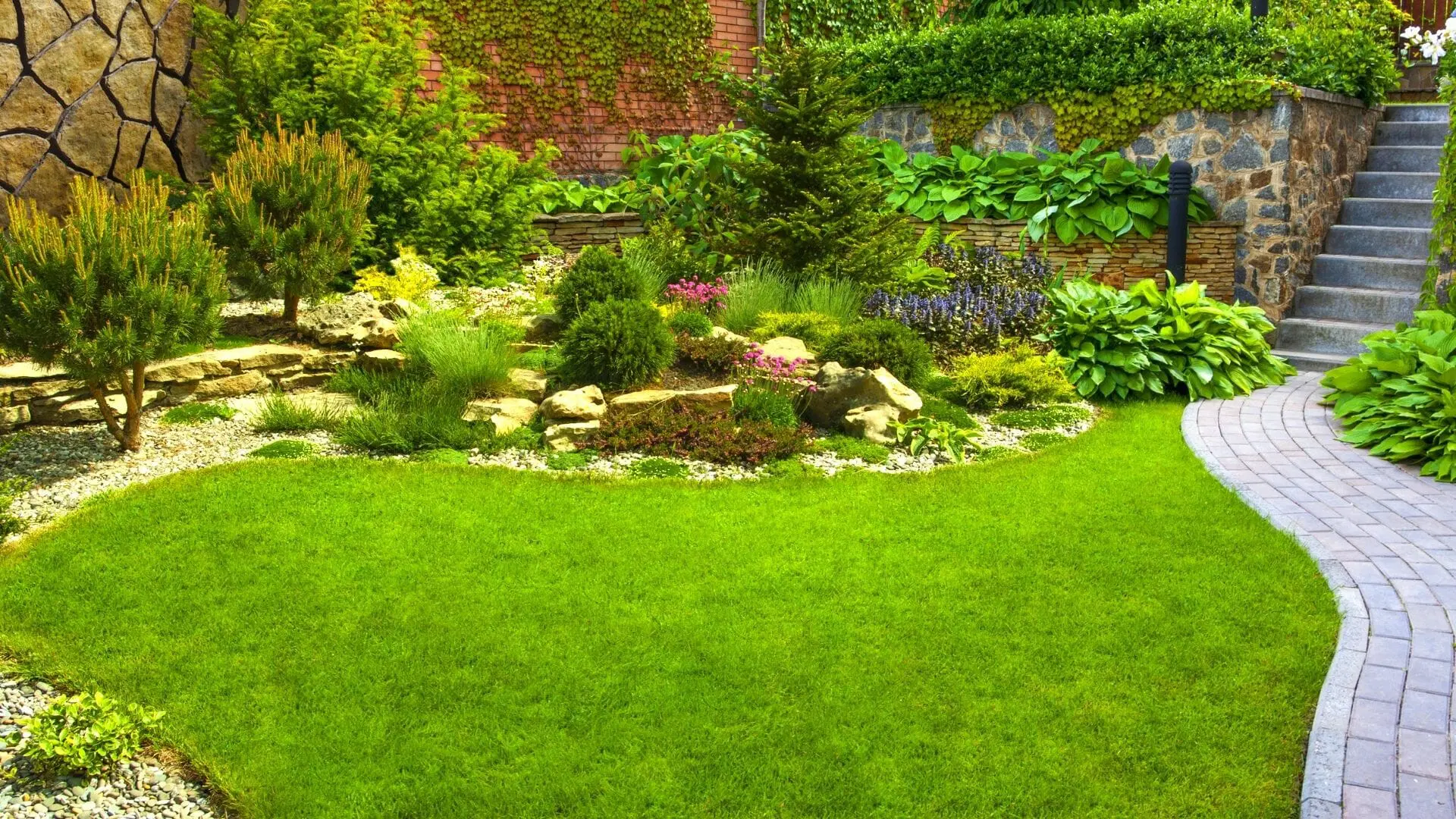
Eco-Friendly Residential Landscaping Design Solutions
Creating a beautiful outdoor space while minimizing environmental impact is the goal of eco-friendly landscaping. This sustainable approach to residential landscaping offers numerous benefits, from reducing water usage to promoting biodiversity. Homeowners who want to incorporate eco-friendly practices into their landscape design can choose methods that not only improve the look of their property but also reduce their carbon footprint. In this article, we explore various eco-friendly landscaping design solutions that can transform your outdoor space into an environmentally responsible haven.
Sustainable Plant Selection for Landscaping
One of the most important aspects of eco-friendly landscaping is choosing plants that are native to your region. Native plants are adapted to the local climate and soil conditions, which means they require less water, fertilizers, and pesticides compared to non-native species. Additionally, they provide a natural habitat for local wildlife, promoting biodiversity. When planning your landscaping, consider selecting drought-tolerant plants, particularly in areas prone to water shortages. Incorporating native trees, shrubs, and flowers not only enhances the aesthetic appeal of your garden but also supports the local ecosystem.
To make your landscaping more sustainable, it’s also essential to consider the placement of plants. Grouping plants with similar water and sunlight needs can reduce water waste and promote healthy growth. Strategic planting, such as placing shade trees near your home, can also lower energy costs by providing natural cooling.
Water Conservation Techniques in Eco-Friendly Landscaping
Water conservation is a key element of sustainable landscaping design. Traditional landscapes often require significant amounts of water to maintain, but eco-friendly solutions can drastically reduce water usage. One way to achieve this is by installing a drip irrigation system, which delivers water directly to the roots of plants, minimizing evaporation and runoff. This method is highly efficient and ensures that your plants get the necessary moisture without wasting water.
Incorporating rainwater harvesting systems into your landscaping is another effective way to conserve water. By collecting and storing rainwater in barrels, you can use it to water your garden during dry periods. This not only reduces your reliance on municipal water but also helps prevent stormwater runoff, which can carry pollutants into local waterways.
Using Mulch and Compost to Improve Soil Health
Healthy soil is the foundation of any successful landscaping project, and using organic materials like mulch and compost is an eco-friendly way to enrich your soil. Mulch helps retain moisture in the soil, reduces weed growth, and regulates soil temperature. By applying a layer of mulch around your plants, you can decrease the need for frequent watering and reduce the use of chemical herbicides.
Composting is another sustainable practice that benefits your landscaping. By recycling organic waste, such as kitchen scraps and yard trimmings, you create nutrient-rich compost that can be added to your soil. Compost improves soil structure, increases water retention, and promotes healthy plant growth. This natural fertilizer reduces the need for synthetic fertilizers, which can harm the environment.
Designing Low-Maintenance and Eco-Friendly Landscaping
Creating a low-maintenance landscape not only saves time and effort but also reduces the environmental impact of your outdoor space. Choosing plants that require minimal care, such as native species or drought-tolerant varieties, can significantly reduce the need for watering, fertilizing, and mowing. Ground covers, such as clover or creeping thyme, are excellent alternatives to traditional grass lawns, as they require less water and maintenance while providing lush, green coverage.
Another eco-friendly landscaping solution is to design spaces that minimize the use of synthetic materials. For example, instead of installing a concrete patio, consider using permeable materials like gravel, wood, or recycled pavers. These materials allow rainwater to filter through the ground, reducing runoff and promoting natural water absorption.
Incorporating Wildlife-Friendly Features into Your Landscaping
Eco-friendly landscaping is not just about conserving resources; it’s also about creating habitats that support local wildlife. By incorporating features that attract birds, bees, butterflies, and other pollinators, you can promote a healthy ecosystem in your garden. Planting a variety of flowering plants that bloom at different times of the year provides a continuous food source for pollinators. Installing bird feeders, bat houses, and bee hotels can also encourage wildlife to visit your garden, helping to maintain biodiversity.
Incorporating natural elements, such as ponds or water features, can further enhance your landscaping. These features provide drinking water and shelter for animals while adding beauty and tranquility to your outdoor space. By creating a balanced ecosystem, you can enjoy a thriving, vibrant landscape that supports both your needs and those of the local wildlife.
Read More:
Residential Landscaping Design Tips for Boosting Curb Appeal
